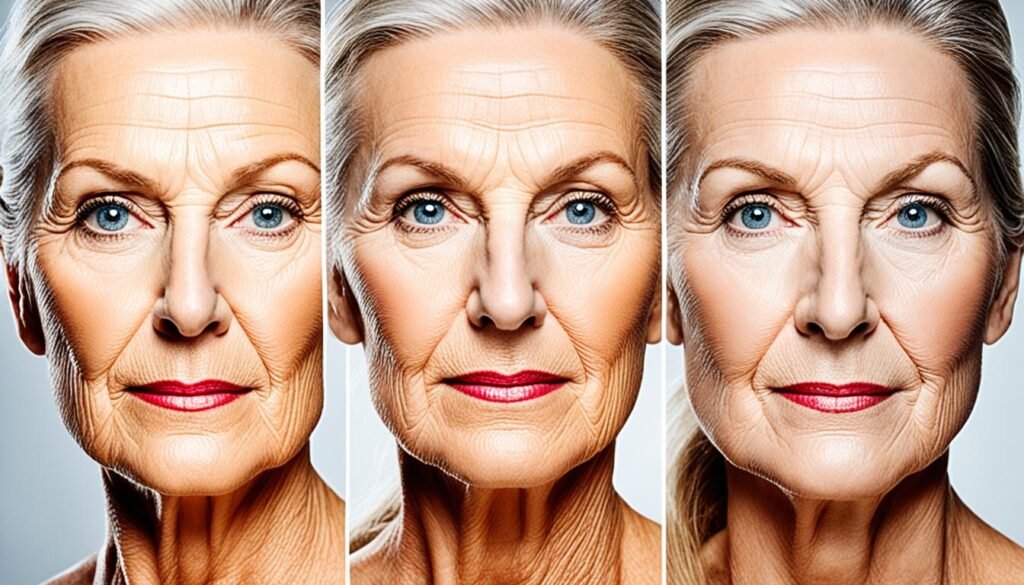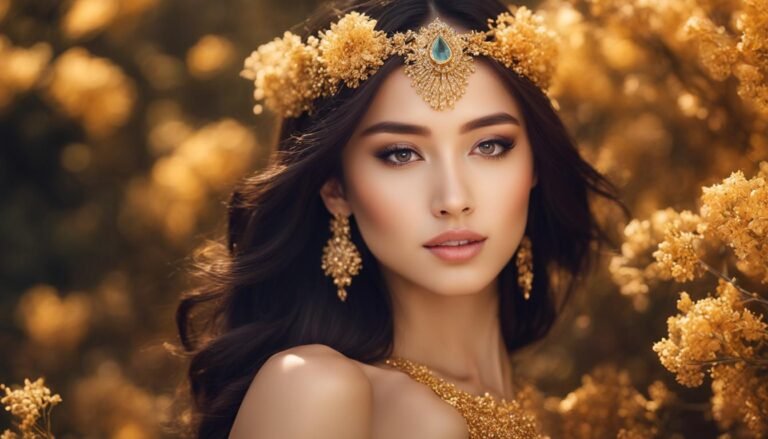Does fair skin look younger?
Have you ever wondered if fair skin really looks younger? There is a common belief that fair-skinned individuals have a natural advantage when it comes to looking youthful. But is this perception based on reality or just a myth?
When it comes to the aging process, fair skin may not necessarily look younger compared to other skin tones. Aging is a complex phenomenon influenced by various factors, including genetics, ethnicity, and sun exposure.
Fair-skinned individuals, particularly those with Caucasian backgrounds, are more prone to signs of aging, such as wrinkles, sagging skin, and changes in facial structure. This is primarily due to the lower levels of melanin in fair skin, which makes it more vulnerable to damage from UV rays. Research suggests that up to 55% of UV rays can penetrate Caucasian skin, compared to only 18% in Afro-descendent skin.
But does this mean that people of color are completely immune to aging effects? Not quite. Excessive sun exposure can still lead to sun scars and hyperpigmentation, even in individuals with darker skin tones.
So, does fair skin really look younger? Let’s delve deeper into the impact of melanin on aging and how age-related skin changes manifest in fair-skinned individuals.
Key Takeaways:
- Fair skin may not necessarily look younger compared to other skin tones.
- Fair-skinned individuals are more prone to signs of aging due to lower levels of melanin.
- People of color are not completely immune to aging effects, as excessive sun exposure can still lead to sun scars and hyperpigmentation.
The Impact of Melanin on Aging
Melanin, the pigment responsible for skin color, plays a crucial role in protecting the skin from UV radiation.
Darker skin tones produce more melanin, which provides greater natural sun protection and reduces the risk of sun-related aging. On the other hand, fair-skinned individuals have lower concentrations of melanin, making them more susceptible to sun damage.
UV radiation generates oxidants in the skin, which can result in collagen and elastin breakdown, leading to wrinkles and sagging skin. Fair-skinned individuals are particularly prone to these effects, as their skin lacks the protective shield of melanin.
The areas of the face most affected by wrinkles are the upper and lower eyelids, followed by the cheeks, forehead, mouth area, nasolabial grooves, and glabella. Fair-skinned individuals also tend to experience fat atrophy in certain areas, such as the chin, cheeks, and temples, which contributes to sagging skin.
| Effects of Melanin Levels on Aging | Dark Skin | Fair Skin |
|---|---|---|
| Sun Damage | Lower risk due to higher melanin levels | Higher risk due to lower melanin levels |
| Collagen Damage | Reduced collagen breakdown | Increased collagen breakdown |
| Wrinkles | Less pronounced, primarily on targeted areas | More visible, affecting multiple facial areas |
| Sagging Skin | Minimal fat atrophy | Pronounced fat atrophy in various facial regions |
Quote:
“Melanin serves as nature’s sunscreen, protecting the skin from harmful UV rays and minimizing the signs of aging.” – Dr. Michelle Johnson, Dermatologist
Age-related Skin Changes in Caucasians
When it comes to skin aging, Caucasians may experience certain changes earlier compared to other parts of the body that are less exposed to sunlight. This is primarily due to a combination of factors including photodamage, collagen loss, and the accumulation of dead skin cells. Let’s explore some of the common effects of skin aging in fair-skinned individuals:
Dry Skin and Moisture Retention
One of the prominent effects of aging in fair-skinned individuals is a loss of moisture retention capacity, leading to dry skin. This is particularly noticeable in areas like the cheeks, where dryness and flakiness may become more pronounced. As we age, the skin’s ability to retain moisture decreases, exacerbating dryness and potentially causing discomfort or irritation.
Decreased Skin Remodeling
The efficiency of the skin’s natural remodeling process also decreases with age. Skin remodeling refers to the production of new skin cells to replace the old and damaged ones. In fair-skinned individuals, this process may slow down, resulting in a slower turnover rate and the accumulation of dead skin cells on the surface. As a result, the skin may appear dull, rough, and uneven.
Changes in Skin Tone
Aging can also bring about changes in the overall skin tone of fair-skinned individuals. Uneven complexion, including the appearance of dark spots or hyperpigmentation, may develop over time. These changes can contribute to a less youthful and vibrant appearance.
To better understand the impact of aging on fair skin, it is essential to address these concerns and develop effective skincare regimens that target dryness, support skin remodeling, and promote a more even skin tone. By incorporating appropriate moisturizers, exfoliants, and targeted treatments into your skincare routine, you can help mitigate the effects of skin aging and maintain a healthier, more youthful complexion.

Conclusion
Fair skin, although more susceptible to aging compared to other skin tones, should be embraced and celebrated for its unique characteristics. While we cannot alter our genetic makeup or ethnic background, we can implement a customized skincare regimen that takes these factors into consideration.
Maintaining vibrant and smooth skin starts with using moisturizers and exfoliators specifically designed for your skin type. By nourishing and hydrating your skin, you can help minimize the visible signs of aging.
It’s important to understand that aging is a natural process influenced by a variety of factors, including genetics and lifestyle choices. While we cannot completely avoid wrinkles and other signs of aging, we can take steps to delay their onset.
Protecting your skin from sun damage is crucial. Daily use of sunscreen with a high SPF and seeking shade during peak sun hours can help prevent UV-induced skin damage. Additionally, adhering to a consistent skincare routine tailored to your specific needs can promote healthier, more youthful-looking skin.






